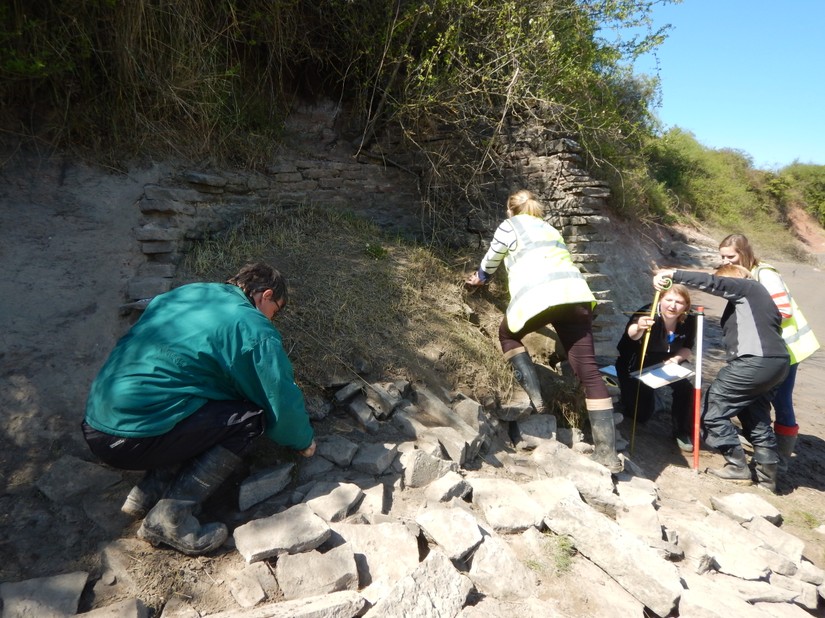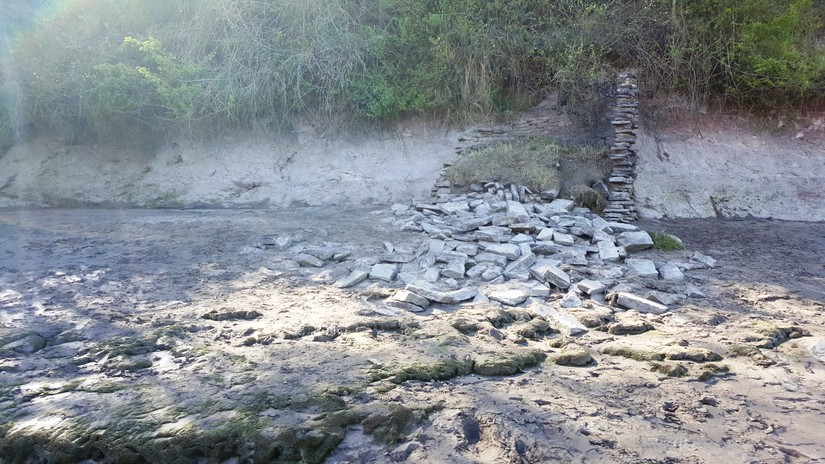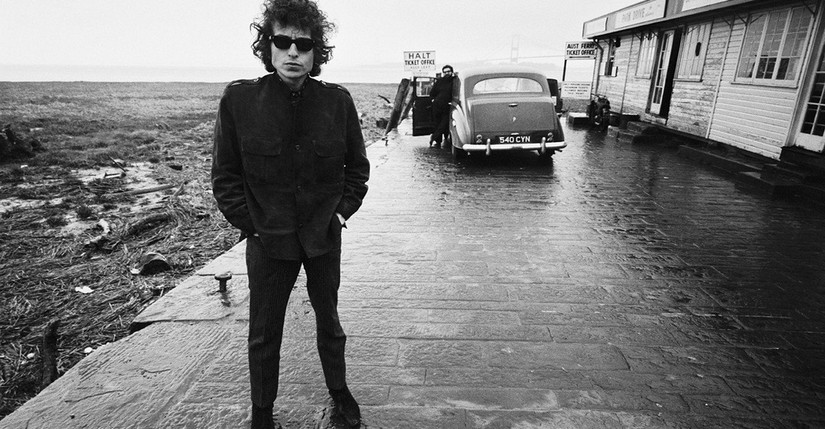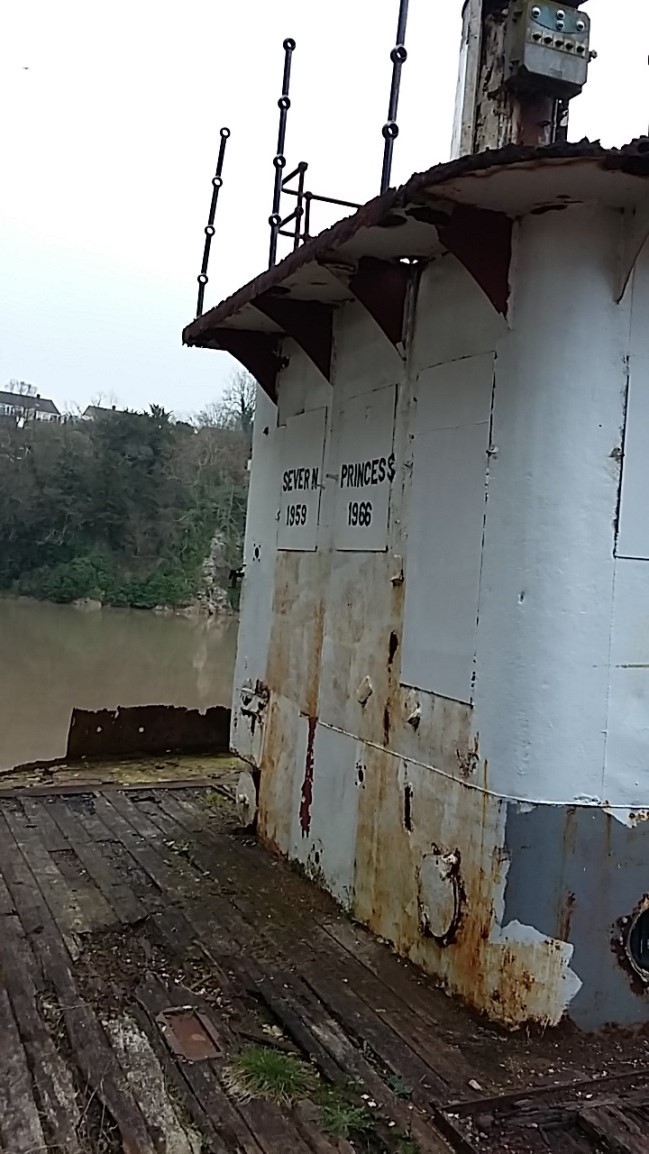Crossing the Severn through the ages
22/04/2017 | Alex Bellisario
The Severn River is a monumental barrier for the movement of people who live and work in the area. Not only does the river extend to over 1.6km at Old Passage but it is notorious for its high tidal range (second only in the world to the Bay of Fundy in Canada) and exceedingly dangerous currents which create a treacherous route for any passenger attempting to traverse this stretch of water. Despite all of this, mastering the crossing of the River Severn saves any traveller the lengthy land detour so people have been trying and using the same crossing routes for hundreds, if not thousands of years.
Old Passage: Aust to Beachley Peninsula
Old Passage is the crossing between Aust on the south banks of the Severn and Beachley Peninsula on the north. This crossing point is still in use today as Severn Bridge which has allowed for the risk free crossing of this natural barrier since the 1960s. It is conjectured that the crossing point from Aust to Beachley was established as far back as the Iron Age but the first literary reference is found in the archives of Tintern Abbey which records it being used by members of the Abbey in 1131.
Crossing the Severn today with modern vessels and technologies would be treacherous, but attempting to traverse this stretch of water in the past would be life threatening. There are numerous accounts of passengers fearing that they would not reach the other side in safety and this is supported by several accounts of shipping disasters at the passage. Daniel Defoe visiting the area in the 1700s travelled to Aust to take the crossing but quickly travelled up the coast to ‘New Passage’ (Between Pilning on the English side and Black Rock on the Welsh side) which was considered safer.
Tunneling under: the Severn Tunnel from Newnham to Arlingham
By the early 19th Century, crossing the Severn had gained such a bad reputation that industry was attempting to find a solution. In 1810 construction started of a pioneering Severn Tunnel, from Newnham on Severn on the west side to Arlingham on the east. This tunnel was proposed to take a tram beneath the Severn to haul coal from the Forest of Dean over to Wales, while bypassing the heavily taxed bridge at Gloucester.
Progress was swift until 1814, with rough estimates of the time suggest that they had reached an extent of 226 yards (Walker 2000, 233), when suddenly the passage was breached by a spring resulting in the total collapse of the tunnel. Lives were lost and the project abandoned. Remains of the tunnel can still be identified on the Newnham-On-Severn side but you need a good eye to see them and they are being eroded away swiftly.


Crossing the Severn in the Steam Age
The crossing at Old Passage was notorious for its danger and consequently the longer journey of New Passage was gaining in popularity. Whilst the old Aust crossing attempted a revival it was short lived. Two ferry disasters occurred within 5 years of each other with no survivors, the first in 1839 and the second in 1844, and with that passages halted.
Once again the crossing looked to developing industry to connect the banks of the Severn and construction of the Severn railway tunnel began in 1873 and was completed in 1886; remains of the old railway station and pier can be seen at Black Rock today. The tunnel linked Severn Beach on the English side and Portskewett on the Welsh side and revolutionised the crossing.
New passage to new village: the establishment of Sudbrook
However, taking five years and thousands of men to build it was quickly recognised that the small villages in the surrounding area could not accommodate the influx of workers and to mitigate this, the village of Sudbrook was established. Located along the banks of the Severn between Portiskewett and Black Rock, this new village contained all the facilities a small town required: terraced houses of varying size and stature, a post office, working men’s club and village shop all clustered around the Railway Yard, still seen today. The Severn pumping station, a collection of enormous buildings constructed in Victorian splendour to house Cornish engines, was built to clear the millions of gallons of water which threaten this vital link to this day.
Medieval Southbrook
However, this industrial village has a much older story to it than first meets the eye. Behind a row of Sudbrook terraces on the very cliffs of the Severn lies a church with its origins in the 12th Century. Southbrook, first mentioned in 1245, is a little known medieval village which goes into rapid decline from about the 1700s, and by 1769 only five or six dwellings remain (Williams 1970, 22). The church declines around the same time with the last recorded burial being that of Blethin Smith 1757 but the church was in an almost ruinous state by this point.
During this period there are a number of villages in decline across England with economics playing a significant part and it is probable that a number of factors contributed to the decline of Southbrook. The wool trade crisis and the Enclosure Act play a part, but the proximity of the Church to the cliff edge suggests that erosion may have also been a factor. Excavations within the current playing field identified evidence of medieval dwellings related to the village of Southbrook, located less that 30m away from the modern day cliff. The proximity of the church to the coastline is recorded by a number of sources and it was not uncommon to find remains of burials along the foreshore at Sudbrook.
A Severn ferry revival
The establishment of the Severn railway tunnel in essence made the ferry crossings of Old and New Passage redundant. It was only the motor car which allowed for yet another revival of Old Passage. Opening in 1926 and continuing operations until 1966 when the first bridge, aptly at Old Passage, first opened, the ferry allowed the ever increasingly popular motor car to be transported from one side to the other. Some of its last passengers included Bob Dylan and the Aust ferry terminal (as well as the Severn Bridge) is featured as the cover art on his album ‘No Direction Home’ part of ‘The Bootleg Series vol 7’.

One of the last ferries to be in operation on the Old Passage was the Severn Princess; commissioned in 1959 it was withdrawn when the ferry closed in 1966. Today it sits in amongst the WWI dockyards in Chepstow on the River Wye undergoing restoration by the Severn Princess restoration group.









